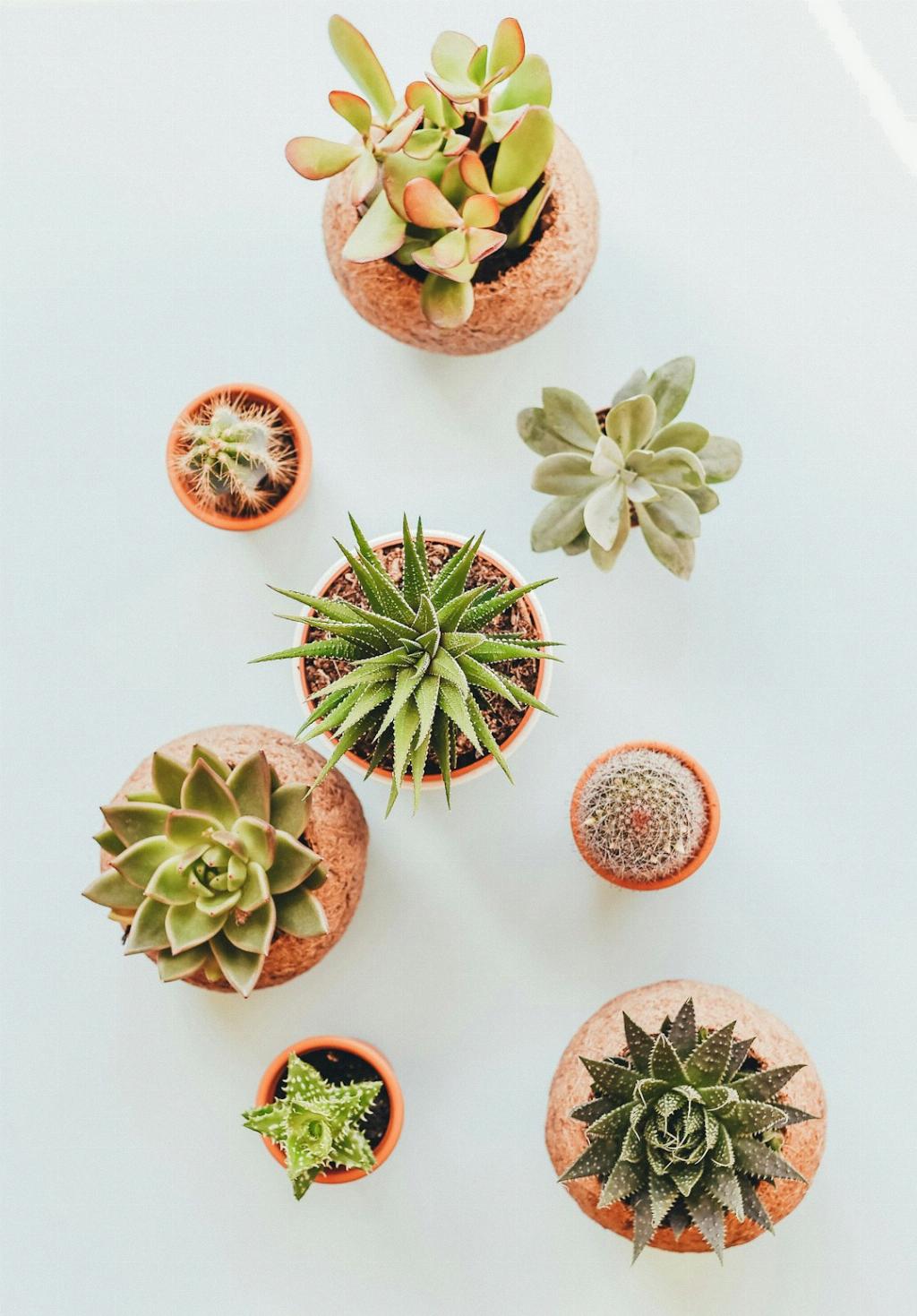Cloning a cactus is easier than you might think, and it can be a fun way to expand your collection of these unique and low-maintenance plants. One method to clone a cactus involves cutting a piece of the cactus stalk with a knife or removing a pad or offset from the main stalk during the spring or summer.
After you’ve obtained your cactus cutting, allow the cut end to dry out for about 2 to 3 days. This step is crucial to prevent the cutting from rotting when you plant it. Once the cut end has dried, it’s time to move on to the next phase of the cloning process.
Prepare a suitable container for your cactus clone by choosing a pot with drainage holes. It’s essential to ensure proper drainage to prevent the cactus from sitting in water, which can lead to root rot. Fill the pot with cactus potting mix, a well-draining medium that will support healthy root growth for your clone.
Now that you have your pot ready, plant the cactus cutting, pad, or offset in the potting mix. Make sure to position the cutting correctly and gently firm up the potting mix around the base of the cactus. This will help provide stability for the new clone as it begins to establish roots in its new environment.
After planting the cactus clone, place the pot in a location that receives plenty of bright, indirect sunlight. Cacti thrive in sunny conditions, so providing adequate light will support healthy growth for your clone. Avoid placing the newly planted cactus in direct sunlight, as this can lead to sunburn and stress for the plant.
Water the cactus clone sparingly, allowing the potting mix to dry out between waterings. Overwatering is a common issue with cacti and can cause root rot, so it’s crucial to follow a conservative watering schedule to ensure the health of your clone. Monitor the moisture levels in the soil and adjust your watering routine as needed.
As the cactus clone begins to establish roots and grow, you may notice new growth emerging from the top of the plant. This is a sign that your clone is thriving in its new environment. Continue to provide proper care, including sunlight, water, and occasional fertilization with a diluted cactus fertilizer to support healthy growth.
Monitor the overall health of your cactus clone regularly, checking for any signs of pests or diseases. Cacti are relatively low-maintenance plants, but they can still be susceptible to issues such as mealybugs or fungal infections. Promptly address any problems that arise to prevent them from affecting the health of your clone.
With patience and proper care, your cactus clone will continue to grow and thrive, eventually developing into a mature plant. Enjoy watching your clone flourish and consider sharing the cloning process with fellow plant enthusiasts to spread the joy of cactus propagation.

